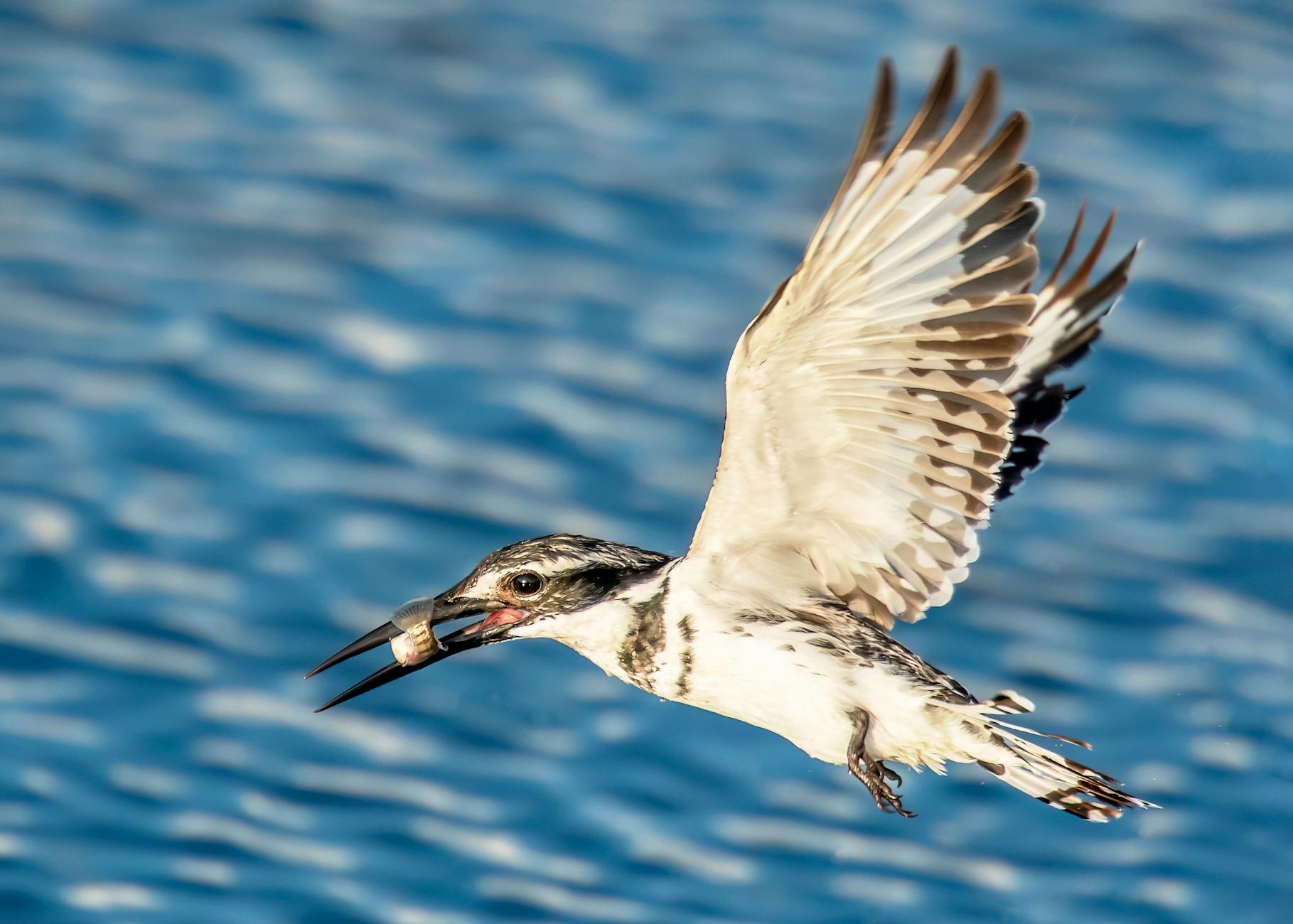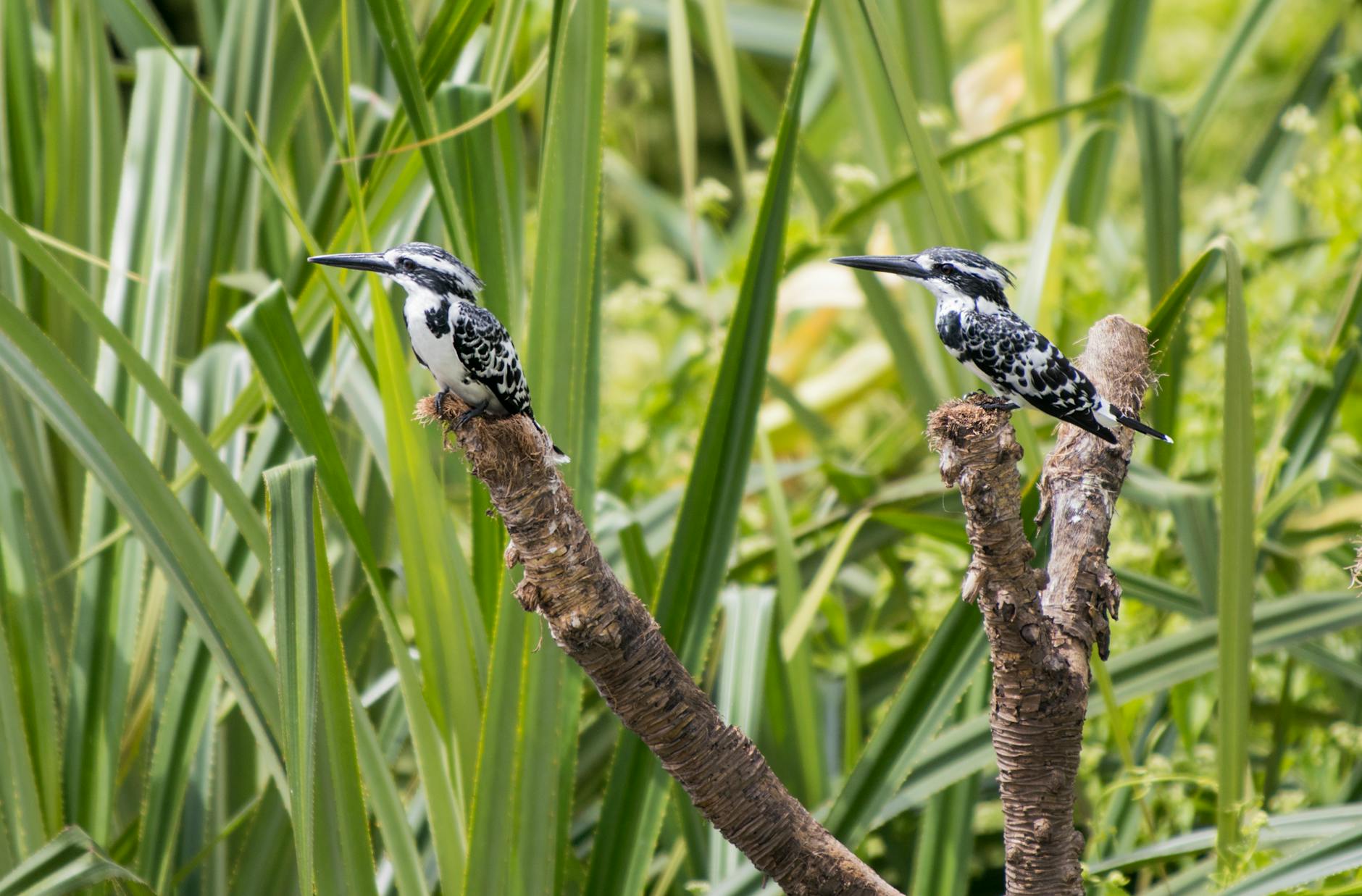Common Myths About Kingfisher Birds Debunked: What You Need to Know
Kingfisher birds have long inspired fascination, often wrapped in myth and legend. While many people admire their vivid colours and agile flight, they also fall prey to various misconceptions. For instance, it’s a common belief that kingfishers only eat fish. In reality, their diet is quite diverse, reflecting their adaptability in the wild.
This post aims to clear the air around these popular myths. You’ll discover the truth behind the tales that often overshadow these remarkable birds. By understanding more about kingfishers, you’ll appreciate them not just for their beauty, but for their unique behaviours and ecology. Let’s debunk some of these myths together and uncover what makes kingfishers truly special.
Myth: Kingfishers Only Eat Fish
It’s a widespread belief that kingfishers are strictly fish-eaters, but this isn’t the whole story. While they are indeed known for their fishing prowess, many species within the kingfisher family have a diet that ranges far beyond aquatic prey. Let’s explore what kingfishers really eat and how they hunt.
Diverse Diet of Kingfishers
Kingfishers are not just piscivores. They have a surprisingly varied diet that showcases their adaptability across different habitats. In addition to fish, they consume a wide range of organisms, including:
- Insects: Kingfishers often catch dragonflies, beetles, and various other insects in mid-air.
- Small Mammals: Some kingfishers will hunt small rodents or other mammals depending on their habitat.
- Aquatic Organisms: Beyond fish, they also catch crustaceans like prawns and crabs, and even frogs.
Their flexible diet allows kingfishers to thrive in various environments, from forests to grasslands. For more details on what kingfishers eat, check out this informative article on their diet and behaviour.
Hunting Techniques
Kingfishers employ a range of hunting strategies that extend beyond diving for fish. Understanding these techniques uncovers the true skill set of these birds. Some notable methods include:
- Perch Hunting: Many kingfishers wait patiently on a branch or low perch, scanning their surroundings for potential prey. This strategy is effective for catching insects or small mammals that venture close to the ground.
- Hovering: The belted kingfisher often hovers above water before diving down for a catch. This technique gives them an advantage in spotting fish without disturbing the water surface.
- Sitting Still: The brown-hooded kingfisher is known for its stealthy approach, sitting quietly and watching for movement before striking.
These varied techniques highlight the kingfisher’s adaptability and skill. If you’d like to dive deeper into the hunting behaviours of kingfishers, this insightful piece on their hunting techniques may catch your interest.

Photo by Ayman Muhammad Elshahat
Myth: Kingfishers are Extremely Rare
The idea that kingfishers are scarce is a misconception. In fact, they can be quite common depending on the species and location. By understanding the various types of kingfishers and where they thrive, it becomes clear that these birds are far from elusive.
Common Species
Kingfishers belong to the family Alcedinidae and are found on every continent except Antarctica. Here are some of the most common species:
- Common Kingfisher (Alcedo atthis): Often seen near rivers and lakes in Europe and Asia, this vibrant blue-and-orange bird is a favourite among birdwatchers. For more information on their characteristics, check this link.
- Belted Kingfisher (Megaceryle alcyon): Known for its distinctive markings, this species is commonly found in North America near water bodies. Their adaptability allows them to inhabit a variety of environments. Read more about them here.
- Pied Kingfisher (Ceryle rudis): This striking black-and-white bird is typically seen hovering over water. It’s prevalent in parts of Africa and Asia. For details on this fascinating species, visit this article.
These species illustrate the diversity within the kingfisher family. They inhabit various environments, showcasing their adaptability and resilience.
Habitat and Distribution
Kingfishers thrive in multiple habitats around the world. You can often find them in locations that provide ample food and nesting opportunities. Here’s where to spot them:
- Freshwater Bodies: Many species, like the Common Kingfisher, prefer rivers, streams, and lakes. They are often spotted perched on branches overlooking the water, ready to dive for prey.
- Woodlands: Some kingfishers inhabit forested areas, where they hunt for insects and small animals. The Eurasian Kingfisher, for example, can often be found in wooded riverbanks.
- Coastal Regions: Certain species, like the Belted Kingfisher, are adaptable to coastal environments, hunting along shores, bays, and estuaries. Their diverse habitats make them less rare than you might think.
- Urban Areas: Surprisingly, kingfishers can also thrive in urban settings where water is present, proving their ability to adapt to human developments.
This broad distribution means that kingfishers are often more accessible than many believe. If you want to learn more about their habitats, check out this informative piece on kingfisher habitat.

Photo by Ramesha Sheshachala
Myth: Kingfishers Bring Bad Luck
When it comes to kingfishers, one myth that often surfaces is the belief that these beautiful birds bring bad luck. This misconception can be traced back to various cultural interpretations and folk stories. However, a closer examination reveals that kingfishers frequently embody positive symbolism across different cultures.
Cultural Significance
In numerous cultures, kingfishers are seen as symbols of beauty, prosperity, and good fortune. Their vibrant colours and graceful movements have inspired admiration and reverence. For instance:
- Native American Beliefs: Many tribes perceive the kingfisher as a sign of abundance and prosperity. The bird represents love and connection with nature, encouraging people to appreciate their surroundings. You can read more about this symbolism here.
- Celtic Traditions: In Celtic culture, the kingfisher is associated with freedom, courage, and adventure. It embodies a free spirit and a zest for life, qualities that encourage embracing new experiences. More insights can be found in this article about Celtic kingfisher symbolism.
Thus, while some may interpret kingfishers as harbingers of bad luck, the broader cultural context paints them in a much more positive light.
Folklore and Stories
Folk tales often influence perceptions about animals, and kingfishers are no exception. While some stories may suggest they bring bad luck, many recount their positive attributes.
- Traditional Beliefs: In the UK, kingfishers have been linked to omens of ill fate, particularly in nursery rhymes like “One for Sorrow.” This rhyme associates the sighting of a kingfisher with misfortune, reflecting a somewhat negative view. For more about this connection, see the discussion here.
- Positive Myths: Oppositely, many cultures see kingfishers as symbols of good luck. In various tales, spotting a kingfisher is viewed as a sign that good times are ahead, often signifying patience being rewarded. You can find more about these uplifting tales in an exploration of kingfisher symbolism.
These contrasting views illustrate how folklore can shape our understanding of these magnificent birds. While some stories propagate the myth of bad luck, many others highlight the kingfisher as a beacon of hope and happiness.

Photo by Pixabay
Myth: Kingfishers are Only Found Near Water
One common myth about kingfishers is that they strictly inhabit areas with water. While it’s true that many kingfisher species prefer habitats near aquatic environments, others have shown remarkable adaptability. Let’s explore how these birds thrive in various surroundings.
Adaptability of Kingfishers
Kingfishers are truly versatile birds. Numerous species have adapted to environments far from water. For instance, some kingfishers are often spotted in wooded areas and grasslands. This adaptability is a testament to their evolutionary skills.
- Diverse Habitats: While species like the Common Kingfisher primarily dwell near rivers and lakes, others, such as the Green Kingfisher, can be found in open habitats and even wooded areas. They optimise their hunting strategies based on their surroundings.
- Nesting Behaviour: Many kingfishers build nests in vertical earthen banks or tree cavities, allowing them to thrive in various landscapes. This behaviour helps them avoid competition and predators.
These behavioural adaptations make kingfishers proficient survivors regardless of their environment. Read more about how their anatomy supports these adaptations in this article on kingfishers’ specialised anatomy.

Photo by Артем Смолдарев
Urban Encounters
Kingfishers aren’t just found in the wild. More frequently, they are spotted in urban areas, which challenges the notion that they require pristine natural surroundings.
- Thriving in Cities: In the UK, surveys reveal that kingfishers have adapted to urban settings, with sightings reported in places like London. For instance, over 39 kingfishers were observed in urban areas, showing their ability to coexist with human developments. More insights can be found in this report on kingfishers thriving on British waterways.
- Attraction to Water Features: Urban parks, gardens, and canals with water bodies attract kingfishers. They often perch on branches, eyeing potential prey. This adaptability further demonstrates their resilience and ability to thrive in changing environments.
Urban sightings of kingfishers not only highlight their flexibility but also emphasise the importance of preserving habitats within our cities. For the best spots to see these remarkable birds in urban areas, check out this guide on kingfishers and their habitats.
Myth: All Kingfishers are Brightly Coloured
Kingfishers are often portrayed as vibrantly colourful birds, but this is not an absolute truth. Though many species boast brilliant hues, others wear muted tones that serve a different purpose. Let’s break down the diversity of kingfisher plumage and understand the survival strategies behind less vivid colours.
Variations in Plumage
Kingfishers showcase an impressive variety of colours and patterns across different species. While you might picture the bright blue and orange of the Common Kingfisher, many others tell a different story.
- Diverse Colours: Some kingfishers, like the Ringed Kingfisher, feature more subdued colours that help them blend into their surroundings. This variety isn’t just a matter of aesthetics; it reflects adaptations to their environments.
- Patterns and Textures: The patterns can range from the intricate designs of the Belted Kingfisher to the simple, earthy tones of the Brown-hooded Kingfisher. These different appearances result from the ecological niches that species occupy.
The world of kingfisher colours is vast. Learn more about the diverse plumage of these birds at Earth@Home.

Photo by Andrew Mckie
Camouflage and Survival
Less vibrant plumage plays a crucial role in the survival of certain kingfisher species.
- Blending In: For some kingfishers, muted colours allow them to camouflage effectively in their environments. This adaptation is essential for avoiding predators and successfully hunting prey.
- Predator Evasion: Birds like the Brown-hooded Kingfisher are less noticeable against the background of branches and foliage. Their natural appearance helps them remain hidden from both predators and unsuspecting prey.
Understanding how colour impacts a kingfisher’s survival strategy is fascinating. You can explore discussions about camouflage in kingfishers at this forum Camouflage and Kingfishers.
In essence, while kingfishers can dazzle with their colours, not all sport vibrant plumage. The adaptations seen in various species emphasise the importance of survival over showiness in the animal kingdom.
Conclusion
Dispelling myths surrounding kingfishers is essential for fostering a better understanding of these captivating birds. By separating fact from fiction, we can appreciate their diverse diets, adaptability, and cultural significance.
Kingfishers are not just beautiful; they play vital roles in their ecosystems. They thrive in various habitats and possess unique behaviours that help them survive.
Explore these truths further and consider how much more there is to learn about kingfishers. What other misconceptions about wildlife would you like to see debunked? Share your thoughts and continue your journey in discovering the wonders of the natural world.










